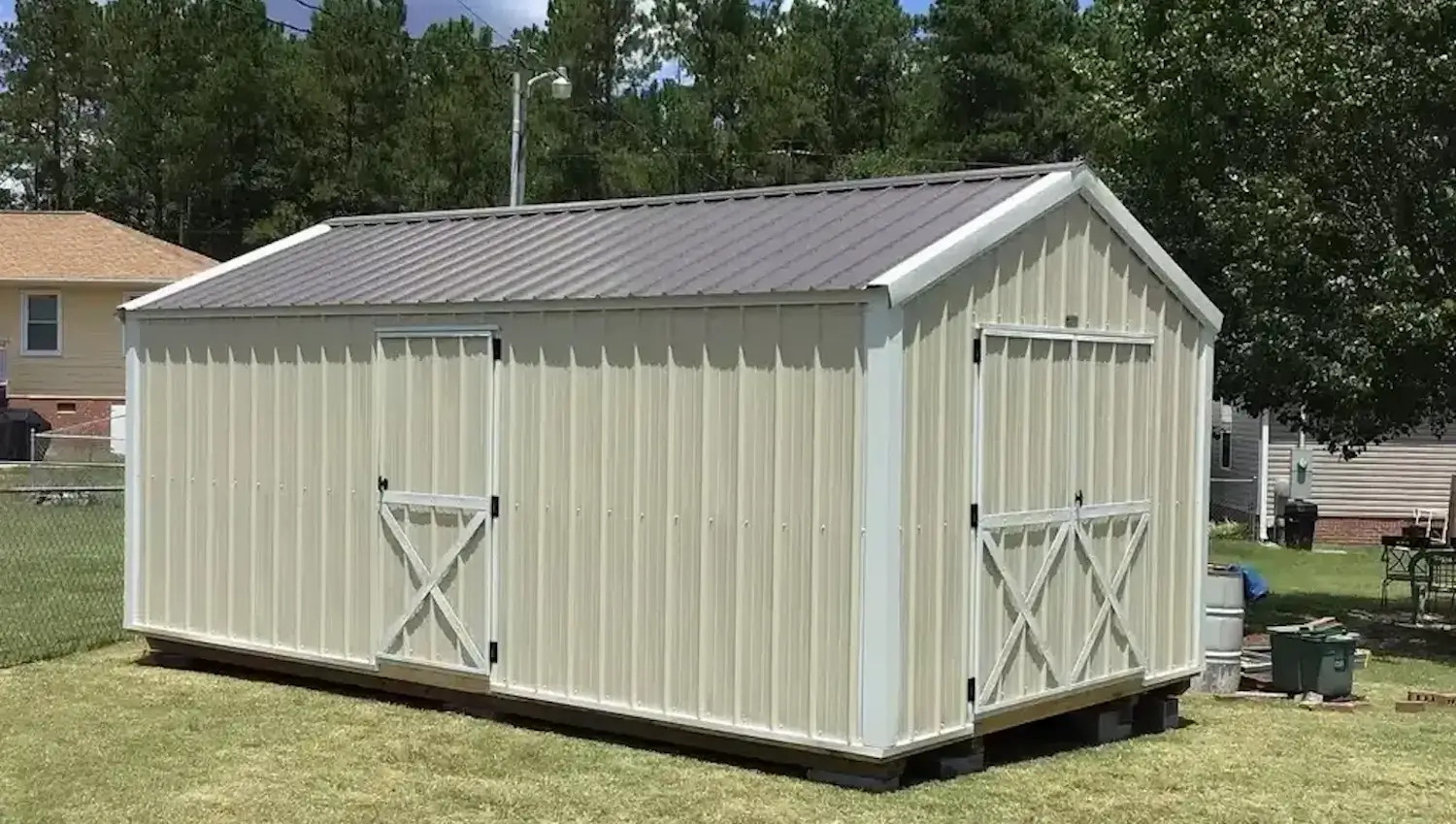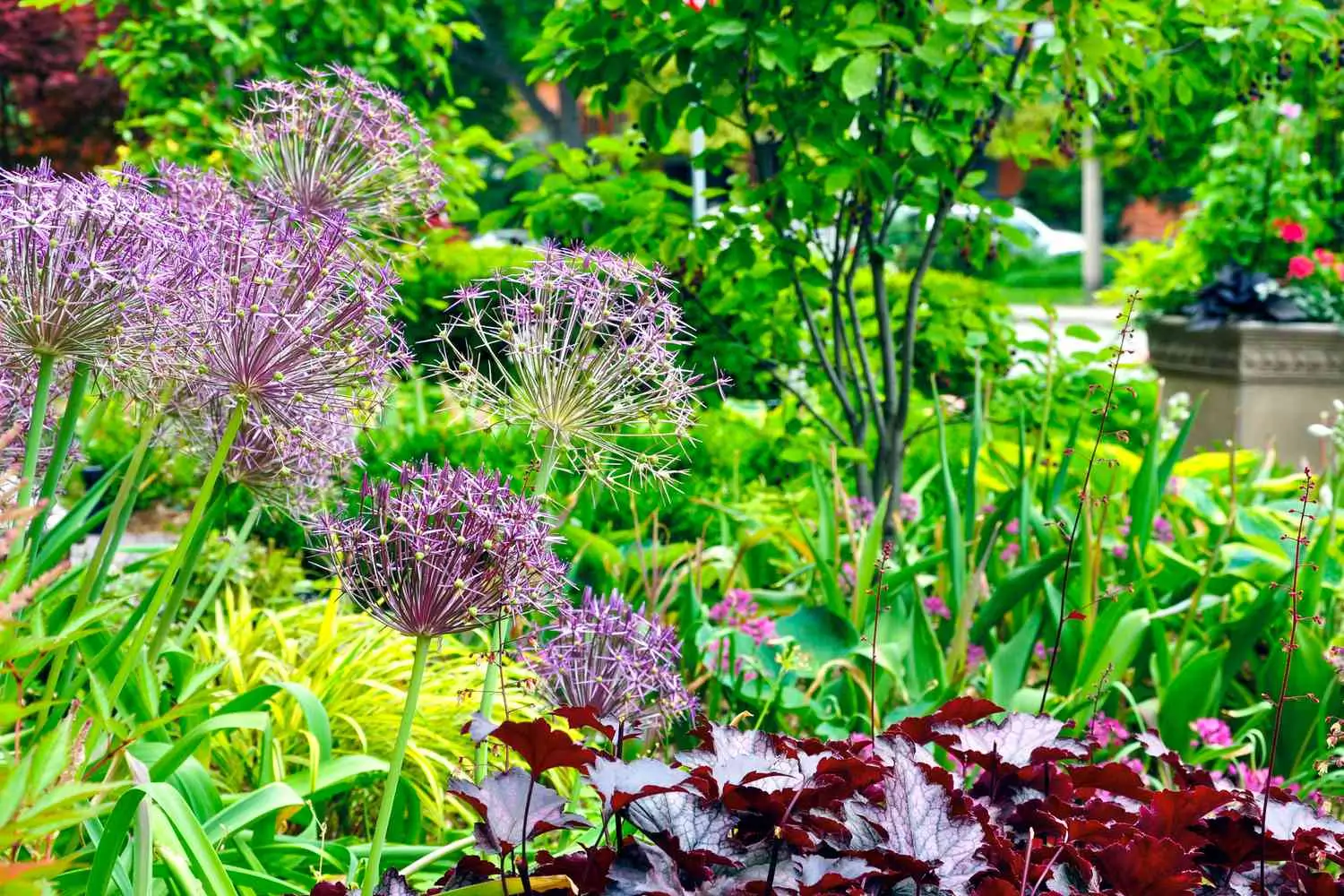
August 24, 2025

In most gardens, there are shady places with almost no light, under trees or against walls. It can be challenging to garden in the shade. Many plants require sunlight in order to thrive, but shady spots don’t have as much light. The soil in these regions often remains wet for longer periods and tree roots can occupy much of the space. This makes it more difficult for plants to establish. Those challenges can make shaded areas seem unsuitable for gardening.
However, despite these challenges, shaded zones have many advantages. They remain cooler in the heat; they are more water-conservative and often lower-maintenance than sunny areas. Plants that thrive in shade are the perfect choice for these spots, and, once planted, they are often the easiest to take care of. Simply by selecting the best plants for shade gardens, gardeners can transform any low light corner into a delightful and lovely area.
Gardening in the shade may present a particular set of challenges, but it also provides interesting possibilities for plant selection and landscape style.
When it comes to putting together a garden with shade, it's important to choose plants that flourish in dim lighting, but that also introduce beauty and contrast. Perennials, shrubs, groundcovers and vines all have unique benefits for the shade garden.
Shade loving perennials are great in any shade garden as they come back year after year. They create lasting beauty with minimal maintenance.
1. Hostas
Hostas are one of the most commonly grown perennials for shaded garden areas. Recognized for their diverse forms, they range from large, dramatic leaves to small, delicate types in an array of sizes, shapes and colors. Hostas also have striking leaves in shades of green, blue, gold and variegated varieties, so they provide year-round interest, even when not in bloom.
2. Astilbes
Astilbes feature light, feathery, plume-shaped flowers in red, pink, white and purple, which provide color, contrast and texture in the shade garden. These are appreciated for their distinctive, airy flowers that appear in mid to late summer.
3. Heucheras
Heucheras, or Coral Bells, are valued for their bold-colored foliage. Colors include purple, red, chartreuse green, and silver. They display their small, bell-shaped flowers on tall stems in late spring or early summer and make a lovely contrast with the leaves.
4. Brunnera
Brunnera is a low light outdoor plants with heart shaped leaves that are usually silver or variegated. In early spring, this plant bears loose small, sky blue flowers similar in appearance to forget-me-nots and it is a good plant for a woodland planting.
5. Epimediums
Epimediums are low, evergreen ground covers bearing airy, usually nodding flowers in shades of yellow, pink and purple. Their small, heart-shaped leaves give them year-round interest, and they are known for turning red or purple in the fall.
6. Pulmonarias
Pulmonarias are admired for their handsome, spotted leaves and their early spring flowers, borne in pinks, blues and purples. These plants offer early color in the garden, and are particularly useful in regions where little else is flowering.
7. Ferns
Ferns are also varied plants that do well in shade. Beautiful varieties like Lady Fern (Athyrium filix-femina) or Japanese Painted Fern (Athyrium niponicum) also have extremely fine fronds which provide texture in shaded gardens.
8. Bleeding Hearts
Bleeding Hearts get their name from the arching stems which bear heart-shaped flowers that hang from thread-like stems. Their distinctive flowers come in pink, white or red and provide a fanciful, romantic accent to shaded spots.
9. Solomon’s Seal
Solomon’s Seal is a graceful perennial with arching stems of delicate, bell shaped white or greenish flowers that grow in shade below the leaves in the spring. Its new growth is displayed throughout the growing season and turns to gold in fall.
10. Hellebores
Hellebores, also known as Lenten Roses, flower early in the season, sometimes as early as before the last frost. This provides one of the earliest indications of spring. Their flowers may be white, pink, purple or green and are frequently pendulous, adding a touch of grace to garden beds and borders.
Shrubs are a great choice for adding structure, height and extra color to the shaded garden.
11. Hydrangeas
Hydrangeas are known for their super-showy clusters of colorful shade plants that range in color from pink, blue, white, and purple. Most hydrangeas prefer full sun, but many varieties of the Hydrangea macrophylla (or, bigleaf hydrangea) will tolerate partial sun.
12. Azaleas
Azaleas are deciduous or evergreen shrubs that herald spring with vibrant blossoms. They have a variety of colors, like pink, red, white and purple, and can bloom for weeks, depending on the variety.
13. Rhododendrons
Evergreen shrubs, such as rhododendron bloom are borne in large clusters in late spring or early summer. Flower colors range from white to purple to red, and their evergreen foliage is attractive year round.
Ground covers and vines are great space fillers, add another layer of texture, and soften garden boundaries.
14. Vinca Minor
Vinca Minor, or periwinkle, is a common evergreen ground cover with small violet-blue flowers in the spring. The glossy, dark green foliage forms a dense mat that excludes weeds and provides year round interest.
15. Lamium
Lamium is a perennial evergreen ground cover plant with silver or variegated green and white foliage and flowers in shades of pink, white and purple in little tubular shapes. It is very rapidly growing, forming a thick coat of color.
Here are essential planting tips to ensure the shade garden flourishes:
First, build better soil structure. Shade gardens usually have heavy, poorly-drained soils. Improve both drainage and fertility by adding organic matter, such as compost or well-rotted manure, to the soil. This will give the plants the nutrients they need to grow, while not packing down the soil which may hinder root growth.
Most shade plants like an even supply of moisture but can suffer root rot if overwatered. Keep soil evenly moist, but not soggy. For irrigation, use a drip system or soaker hose to get the water straight to the roots and reduce evaporation. Make sure the soil is dry, then water it, to avoid adding to the moisture.
Place some organic mulch, bark, wood chips, or leaves around the plants. Mulch helps to conserve soil moisture, minimizes evaporation, and combats weeds. It also insulates plant roots when temperatures suddenly drop.
When designing the shade garden, group plants with the same water and light needs. Everything grows together without one plant struggling to take nutrients from another. For instance, a partnership of moisture-loving ferns and astilbes can be the basis of a peaceful, low-maintenance display.
Having a shade garden all year long means a lot of work to keep all those plants healthy. Here are some seasonal gardening tips:
Shade gardens are great options for using garden space that doesn’t get a lot of sunlight. The right plants can help turn these spaces into lovely, low-maintenance gardens. Not only are these shade-loving plants a great aesthetic choice. They offer a visual contrast to the rest of the landscape but they are also far less needy both in terms of water and care than their sunbathing counterparts.
Growcycle has how to guides for plant care and garden planning, allowing farmers to choose the right plants for their gardens whether it's shade gardens or any type of garden. With a little easy shade plants for backyard and some care, a mossy-floored woodland nook or even a side of an urban lot in shadow can be transformed into a place of leafy loveliness.
Disclaimer: This material is for informational purposes only and should not be relied on for legal, medical, financial, or any other form of professional advice.
Opt for shade-loving plants with bright foliage or flowers, such as hostas, astilbes or heucheras, to brighten a dark garden corner. Including reflective features such as light-colored mulch or decorative stones can also be beneficial.
Hostas are one of the most shade-friendly plants; hostas grow in full to part shade and provide a variety of foliage options.
Plants with large leaves (like hostas, ferns and rhododendrons) also tend toward higher shade levels in a garden because they give denser foliage cover.